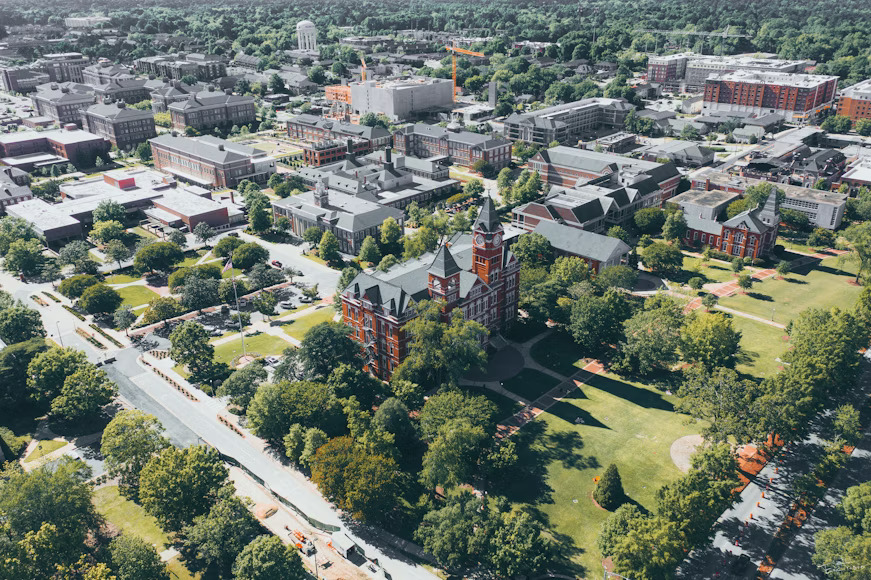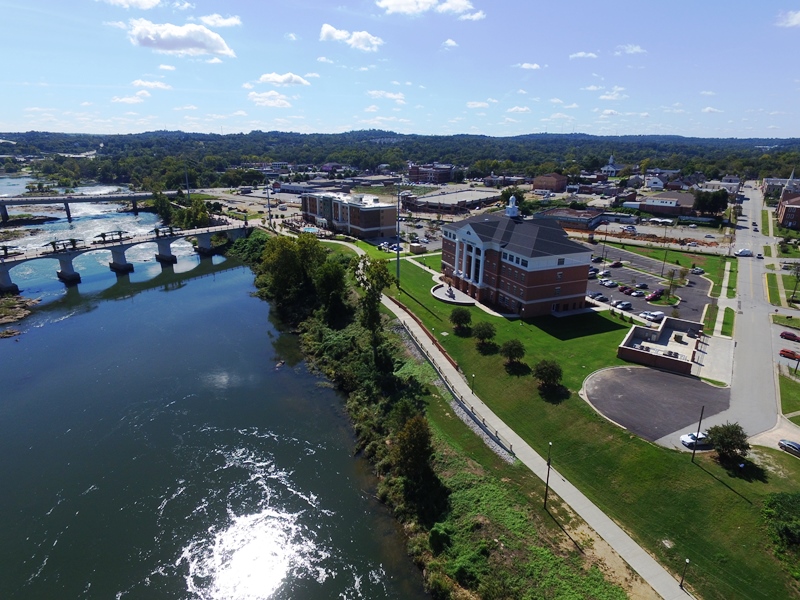2018 was a strong year for residential real estate in Alabama. Total residential sales increased 6.3 percent year-over-year (YOY) from 57,427 to 61,062 closed transactions. Total sales in 2018 broke the pre-recession peak of 59,480 seen in 2005. Median sales price increased 4.6 percent during 2018, while average days on market improved from 120 in 2017 to 102 in 2018. Residential listings, however, continued to drop as they were down 9.4 percent on the year. Inventory shortages were most extreme in the north Alabama region, and only two metro areas (Auburn-Opelika and Daphne-Fairhope-Foley) experienced inventory gains in 2018. Dollar volume increased 12.6 percent from $10.3 billion in 2017 to $11.6 billion in 2018. While it will be intriguing to see how statewide real estate performs in 2019, there are five local markets we are keeping our eye on: Phenix City, Mobile, Huntsville, Athens, and Decatur.
Phenix City: Based on data from the East Alabama Board of Realtors, Phenix City had a solid 2018 year in real estate, making it a market to watch in 2019. Phenix City experienced significant increases in their YOY median sales price. The median sales price increased from $140,719 to $159,661, a 13 percent improvement. Furthermore, the Q4 2018 versus Q4 2017 median sales price increased from $137,208 to $168,493, a 23 percent increase. Phenix City also experienced a 28 percent YOY decrease for their months of supply. Lastly, Phenix City experienced a 10 percent YOY increase in their dollar volume, improving from $175,783,137 to $193,294,402.
Mobile: Mobile has several reasons for being a market to watch, but the main one is its streak of inventory declines. Mobile has experienced 63 straight months of YOY inventory declines, going all the way back to November 2013. Looking at the 2018 versus 2017 YOY inventory, Mobile experienced a 16 percent drop. One of the main reasons for this drop in inventory is the growth of jobs in the Mobile area and being the third most populous area in the state. Mobile’s average days on market saw a decrease of 11 days, or 13 percent YOY and saw median sales price increase 6 percent, from $138,038 to $146,496.
Huntsville: Huntsville has consistently been one of the hottest markets statewide due to job growth and population growth in the area. Moreover, Huntsville experienced growth in total sales, median sales price, while inventory and average days on market trended downwards in 2018. Similar to other markets in the north Alabama region, inventory was tight in the Huntsville area as the average number of residential listings was down 24 percent in 2018. However, declining inventory goes back beyond 2018 as the Huntsville residential market has seen 35 straight months of YOY inventory declines. Furthermore, Huntsville has experienced 47 straight months of dollar volume increases. Huntsville homes sold 18 days faster in 2018 compared to 2017, a decrease of 24 percent. Lastly, Huntsville had a 25 percent decrease in months of supply, decreasing from 5.2 months in 2017 to 3.9 months in 2018.
Athens: Athens is another north Alabama region to watch in 2019. Similar to the other areas mentioned, Athens has experienced 42 straight months of YOY inventory drops. In addition to the significant inventory decreases, Athens lead statewide dollar volume increases, improving by 18 percent YOY. This was helped by the fact that Athens total sales also increased 10 percent YOY. Lastly, Athens tied for the largest statewide days on market improvement, as homes sold 27 days faster than the previous year.
Decatur: Decatur continued its strong real estate market in 2018. We saw several trends continue over the year, including 49 straight months of inventory decline and a 12 month streak of improvements in average days on market. Decatur also experienced a 12 percent YOY increase in median sales price, jumping from $125,546 to $141,104. Similarly, Decatur experienced an 11 percent increase in total sales. Lastly, Decatur saw a significant increase in dollar volume, improving 25 percent YOY from $207,985,751 in 2017 to $260,044,248 in 2018.





